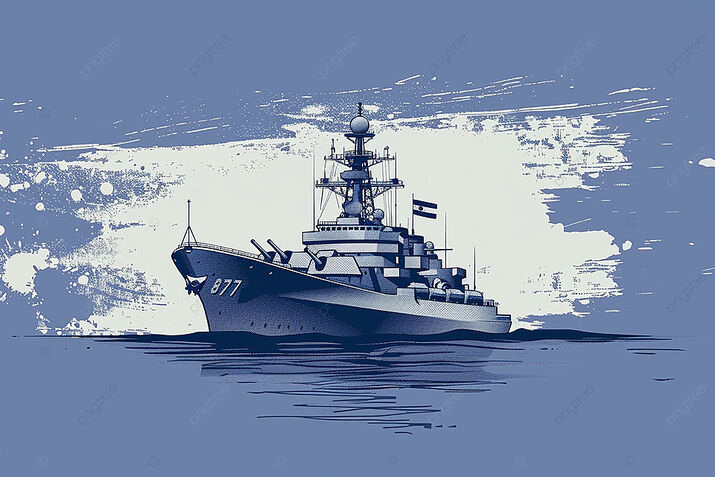Almost five decades ago, in 1971, the Indian Navy launched an offensive operation on a Pakistani port city, also its naval headquarters: Karachi. The Indo-Pakistan war was in full swing. The operation saw the use of an armada of warships, a fleet of air fighters, floating aircraft carriers, and an invisible submarine. India was using its combative anti-ship missile for the first time. After its launch on the night of the fourth of December, ‘Operation Trident’, was successful in sinking three ships with no loss of its own.
It is to commemorate the historical date of victory of the Indian Navy, that December 4 is celebrated as the Indian Navy Day. The motto of this water security unit of India guarding the vast coastline and marine routes is: ‘May the Lord of Water be Auspicious on to Us’.
Today, the Indian Navy has extended from India’s coastline to the global waters. Doing so has become a necessity. While the Air Force and Indian Army are confined within the country’s borders, the Indian Navy rows in disputed waterways for reasons of trade and communication.
Indian Navy’s Extended Roles
The Indian Navy has a very active role in ensuring peaceful trade and export between India and the rest of the world. In the Indo-Pacific region, India has aligned trading interests with countries like Japan, South Korea, etc, which together account for 55% of the total trade by volume. To add to this, one-third of the global shipping passes through the South China Sea, which lies very near to the Indian waters.
This makes India stand in a strategic position geographically. However, aggression by China, visible from its 2023 edition of the 10-dash line map and the Maritime Silk Route (MSR) strategy has made ASEAN countries of the Indo-Pacific anxious. This anxiety is about losing fishing rights, valuable hydrocarbon reserves, land masses, and in extreme cases, even the serenity of a particular country.
Responding to this, the Indian Maritime Security Strategy (IMSS) along with the Act East policy (AEP) with an Indo-Pacific vision will steer the Indian Navy in International waters. This is also supported by the ASEAN countries who are more receptive towards the cultural and military overtune of India. For this, the Indian Navy is focusing on developing Indigenous platforms, systems, sensors, and weapons to modernise, upgrade and expand its maritime presence.
Early this year, the Indian Navy acquired the 200 BrahMos extended-range supersonic cruise missile worth ₹19,000 crore. Later in October 2024, the Indian Navy reportedly signed another deal for the manufacturing of two nuclear-powered attack submarines at the shipbuilding centre in Visakhapatnam worth ₹45,000 crore. Adding to this, 30 general atomic MQ-9B hunter-killer drones are being procured from the United States at a total cost of around 3 billion.
In terms of manufacturing, India seeks a transformational shift from a buyer to a supplier. To facilitate this, the Indian Navy has developed over 60 vessels of various types, including destroyers, frigates, conventional nuclear-powered submarines and ships.
Modernisation to Ensure Regional Stability
India’s location between the Middle East and Southeast Asia makes it fall between a crucial maritime crossroads. The Indian Ocean accounts for over 80% of the worldwide oil trade through seas. Because of its strategic position, the Indian Navy is going through a significant modernisation aimed at enhancing defence capabilities, along with putting India in the position of a key player in regional geopolitics.
The country has been rapidly expanding its fleet of ships with particular emphasis on aircraft carriers, submarines and multirole surface compact. Back-to-back flight tests of vehicle launch short rain surface to air missile (VLSRSAM) were conducted in September 2024. This technology is developed by DRDO in collaboration with the Indian Navy to protect India’s coastline during critical situations.
Ahead of this year’s Navy Day, the Indian chief Admiral Dinesh K Tripathi spoke about the introduction of two nuclear-powered submarines and the procurement of 26 Rafael-M fighter jets and three Scorpene submarines.
This naval modernisation is not happening in isolation but is accompanied by strengthening the Indian Navy as well as the Air Force. Alongside the country’s engagement with the US, Japan and Australia through the QUAD will also enhance the Indian naval Corporation in the vast Indo-Pacific.


